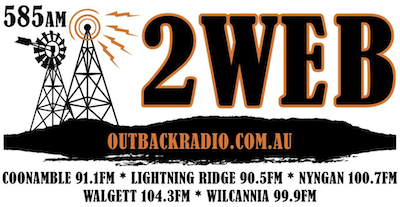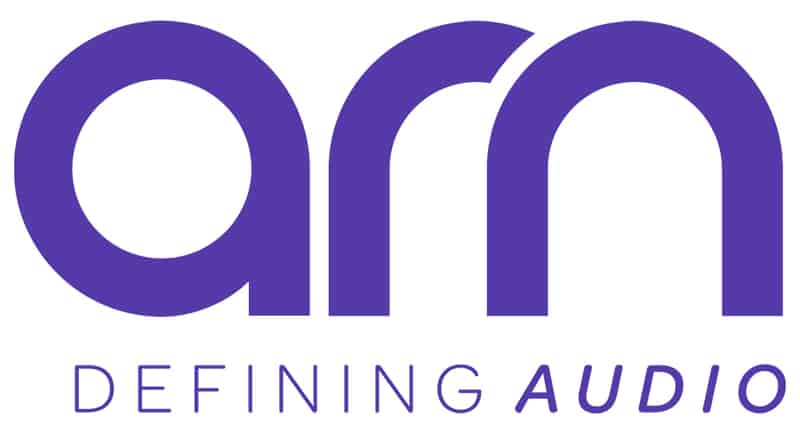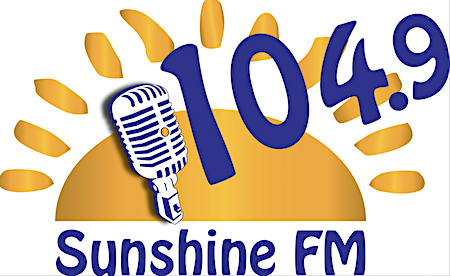You’ve seen it, but wait until you hear it: How Star Wars became a radio hit
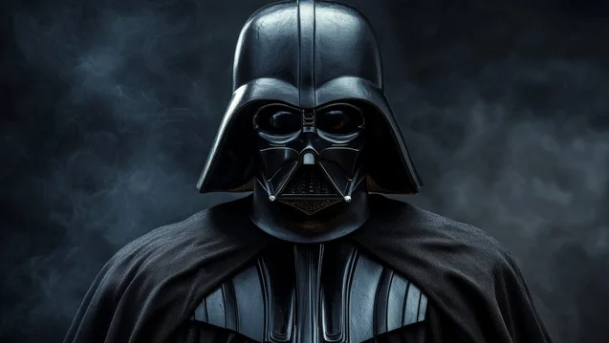
“You may think you’ve SEEN the movie. But wait until you HEAR it.”
My first experience of seeing Star Wars was at the local drive-in, circa 1977. I still remember the smell of the tan vinyl seats in my dad’s Holden Belmont, and the tinny sounds coming from the clunky speakers clipped to each passenger side door.
My husband thinks I was robbed.
“You had to be in a cinema to fully experience Star Wars – surrounded by sound,” he tells me.
He does have a point. The Star Wars trilogy was a feast for the ears as well as the eyes.
So it makes sense that the Star Wars franchise actually worked as a radio show as well.

On the Blast Points podcast, Star Wars tragics John Tenuto and Maria Jose Tenuto discuss their new book The Star Wars Radio Dramas.
The book explores how an unlikely group of academics, actors and radio executives in the US overcame all obstacles before them to create some of the most unique and compelling content ever heard on radio.
In the early 1980s and again in the mid 90s, a radio dramatisation of Star Wars was broadcast on National Public Radio (NPR).
It was done with the full cooperation of Star Wars creator George Lucas, who sold the rights for the grand sum of one dollar. He also allowed the use of the film’s original sound effects and music.
American science fiction novelist Brian Daley was recruited to write the script.
Given exclusive access to early drafts of the Star Wars trilogy, Daley decided to expand the narrative.
Scenes which had been cut from the film’s final edit were included in the 13-episode radio adaptation, which ended up running around four hours longer than the movie version.
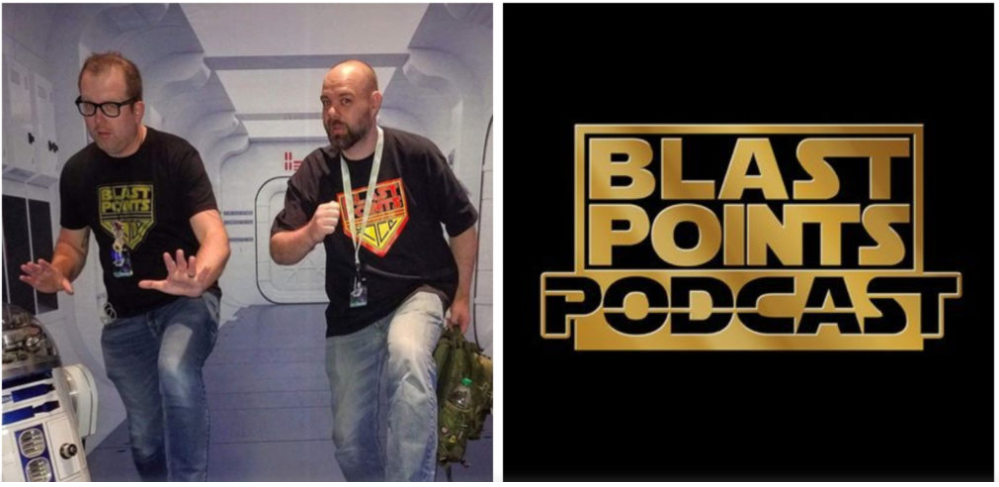
John Tenuto himself saw the first Star Wars movie in 1977.
“I had the stereotypical experience of being amazed by what I saw, and going home and being different because of it,” he says.
John says he grew up in a time when radio was for music, not for drama.
So it was a source of great fascination to him that his local radio station in Chicago was airing the radio series. John says as a child, it gave him a fascinating peek inside Luke Skywalker’s world in a way comic books never did.
“I loved it from the moment I heard the first episode.”
John remembers it as radio’s golden age and hopes the book will awaken readers to the idea of what the medium can do in the dramatic form.
He says we, the listener, remember radio dramas because WE do the lion’s share of the work in creating the pictures in our mind, which then live on in our imagination.
Until she met John, Maria didn’t even know the Star Wars radio dramas existed. They wanted to spread the word.
“I really wanted to, just as a fan, kind of explore it on our own,” says John.
“The more we got into it, the more we learned about Brian Daley as a person.”
“We reached out to his widow, and she was just amazing person. She opened up all the archives of Brian’s resources to us.”
“There was a story here that really needed to be told.”
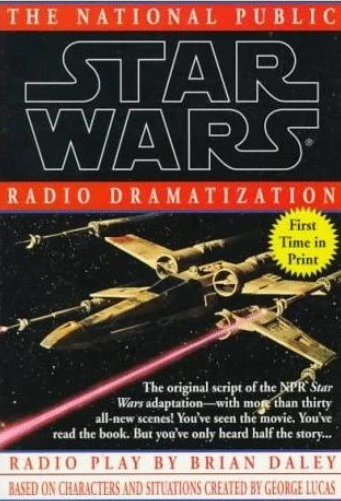
The book also explores the creative ways in which the scenes were recorded for radio, including the ‘spraying’ of scripts to mute the sound of pages being turned.
Mark Hamill reprised his role as Luke in the first two radio adaptations while Anthony Daniels, who played C-3PO, was in all three. John Lithgow provided the voice of Yoda.
The newspaper headlines of the time boldly declared that radio drama was making a comeback – and a resounding one at that.
Hundreds of thousands of new listeners tuned in. NPR audiences suddenly increased by 40% and the network’s youth audience quadrupled.
The Star Wars Radio Dramas were a certified hit.
“For a lot of people, when we think of radio, we think of FM. We think of music. So a lot of people may never have come across it,” says John.
“We want to shine a light on it so that people get the same excitement that we did.”
